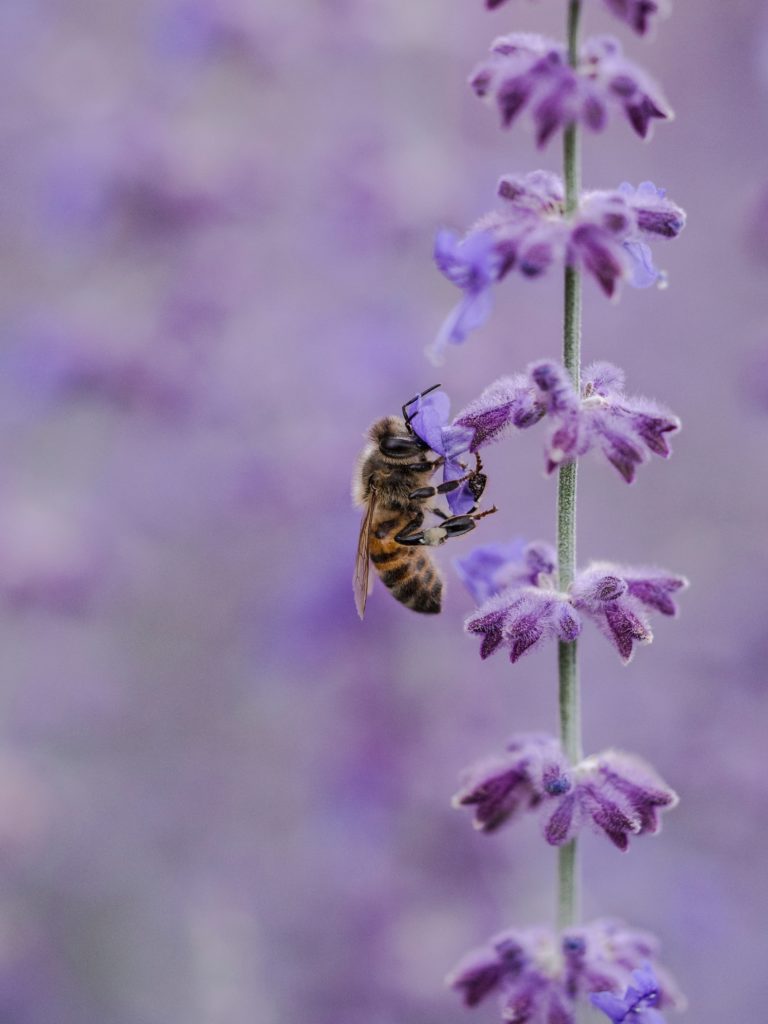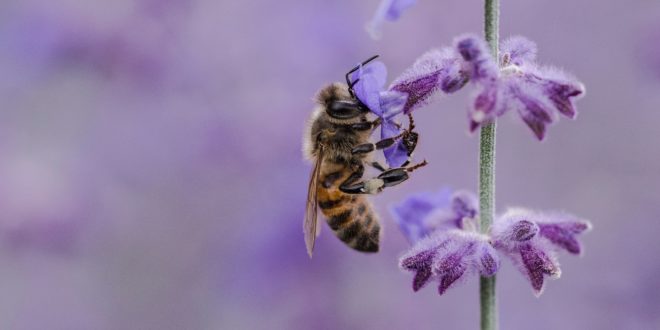It’s that time of year again! Bumbles and honey bees are out and about in force, gathering pollen from our garden flowers and sipping on any nectar they can find. Unless you’re allergic to bees, in which case you should keep away from them, you’ll welcome them into your backyard – and sometimes you’ll be called on to rescue them.
There are two main reasons why bees find themselves in trouble. Either they’ve been caught out in a sudden cold snap while foraging, or they’ve come close to drowning in a birdbath or water feature while taking a sip of much needed-H2O. What you do to help a bee recover is all-important if you want to save it.
 Quick-fix
Quick-fix
A cold, wet bee, whether it’s of the bumble or honey variety, is very likely to be just minutes away from hypothermia and starvation. Your first job is to manoeuvre it onto a paper towel or tissue paper and bring it to a warm, sheltered place (a sunny window ledge works well). The absorbency of the paper will help the bee dry out so don’t be tempted to try separating its wings or legs as this may only damage them.
While the absorbent paper and warmth are doing their work, quickly prepare a small quantity of sugar syrup. Use a half and half mix of refined white sugar (or organic cane sugar) and warm water. Avoid feeding honey or jam. Mix the sugar into the water and offer it to the bee in the form of a couple of drops placed close to its head. Don’t be tempted to feed any more for a start as the bee will still be weak from its ordeal and if it becomes coated in sugary syrup, it may not have the energy to clean itself. As the bee revives, you will see its tongue come out to sip up the liquid. This is your cue to place the bee, on its paper towel, in a small box. Add to the box a teaspoon containing a few more drops of sugar water placed within reach of the bee.
If you have rescued your bee early in the day, and the weather improves (even just a little) the insect will almost certainly be able to find its way home once it has gathered strength. If you discovered the bee in the evening or later in the afternoon, and the weather has not improved, you have a house guest for the night!
To help a bee sleepover, place a light, soft piece of foliage inside the box. Don’t be tempted to place fabric inside the container as fibres and threads can quickly tangle a bee’s wings and legs. Add a few more drops of sugar water to the teaspoon, make several ventilation holes in the box, place the lid on top, and keep the bee in a warm (not overly heated) room.
Next day, about mid-morning (or earlier if it is a mild day), carry the box outside, well away from spiders’ webs. Open the lid carefully (although your ailing bee may not have had the strength to sting, once it has recovered, it may do just that). If there is no sugar syrup left on the spoon, and you can do so without risk of being stung, offer a few more drops. Allow the bee to vacate the box at its own pace. Don’t coax it as it will sense when the temperature is right for take off. If the day is still too cold for the bee to head for home, simply ensure it has some sugar water in its container, and keep it for a few more hours, or even another night if necessary.
How to prevent bees drowning
Bees need water to survive and to help cool down their hive. But they face drowning when drinking from all but the shallowest water sources. To provide safe drinking places for bees in your backyard, fill a shallow container (such as the drip catcher from a planter) with pebbles. Add water so that it comes to just below the level of the pebbles. This allows the bee to safely rest on the pebbles while it sips.










Join the Discussion
Type out your comment here:
You must be logged in to post a comment.